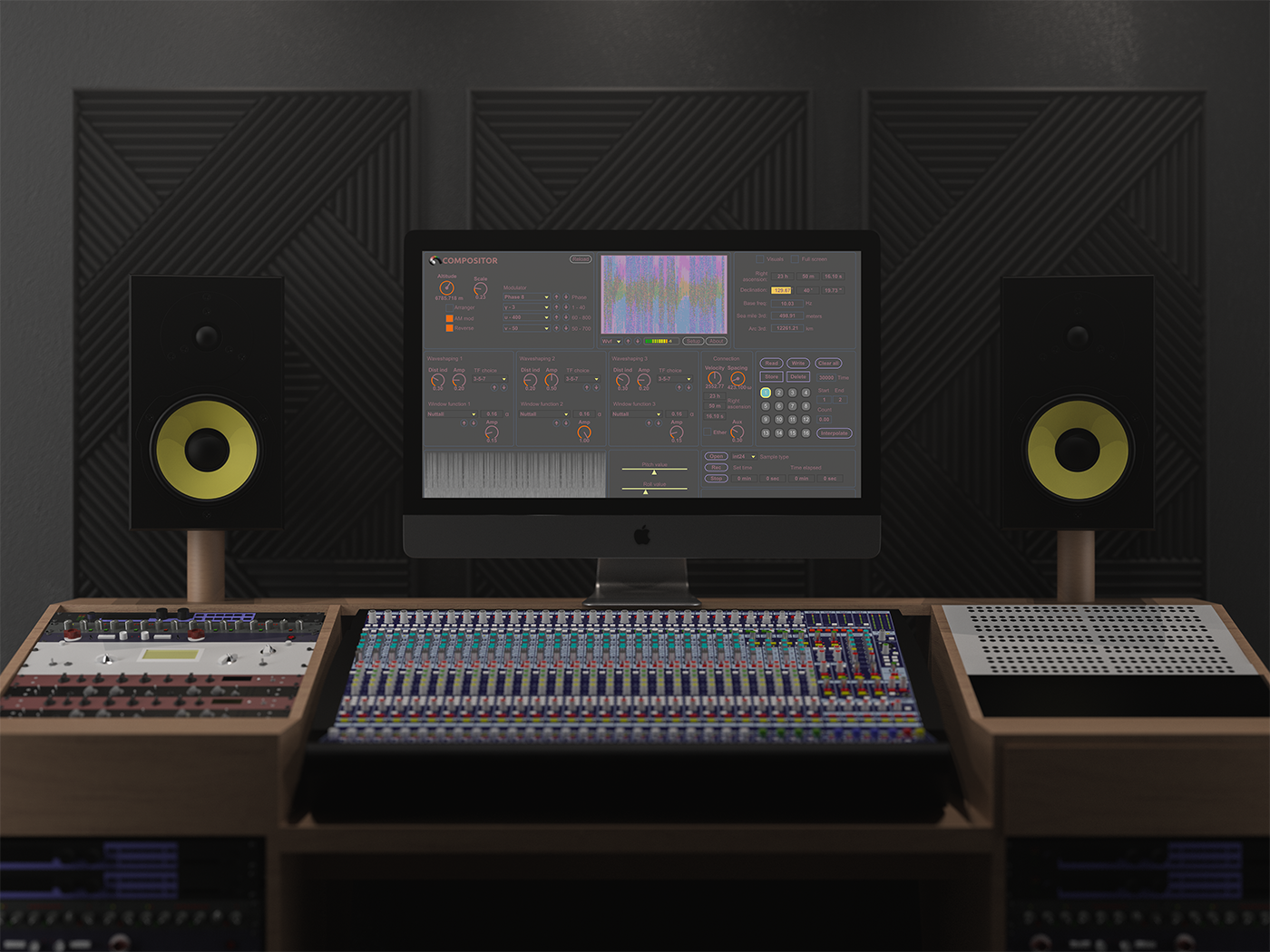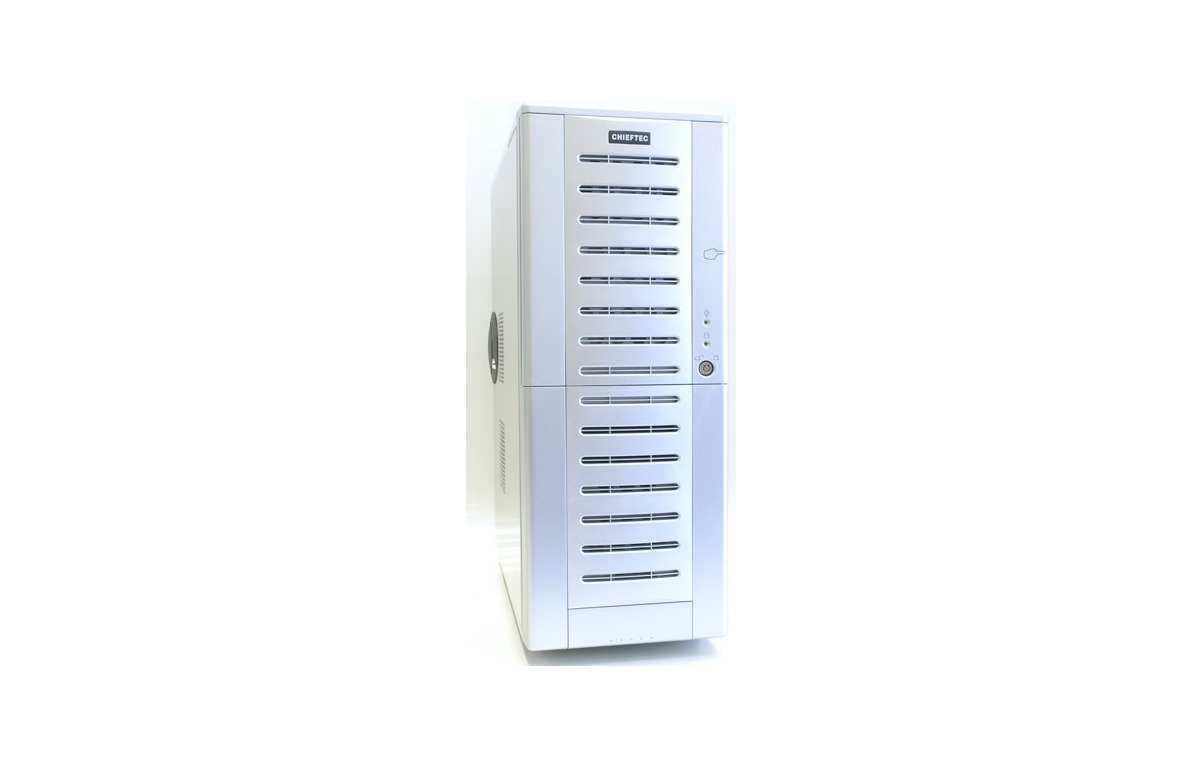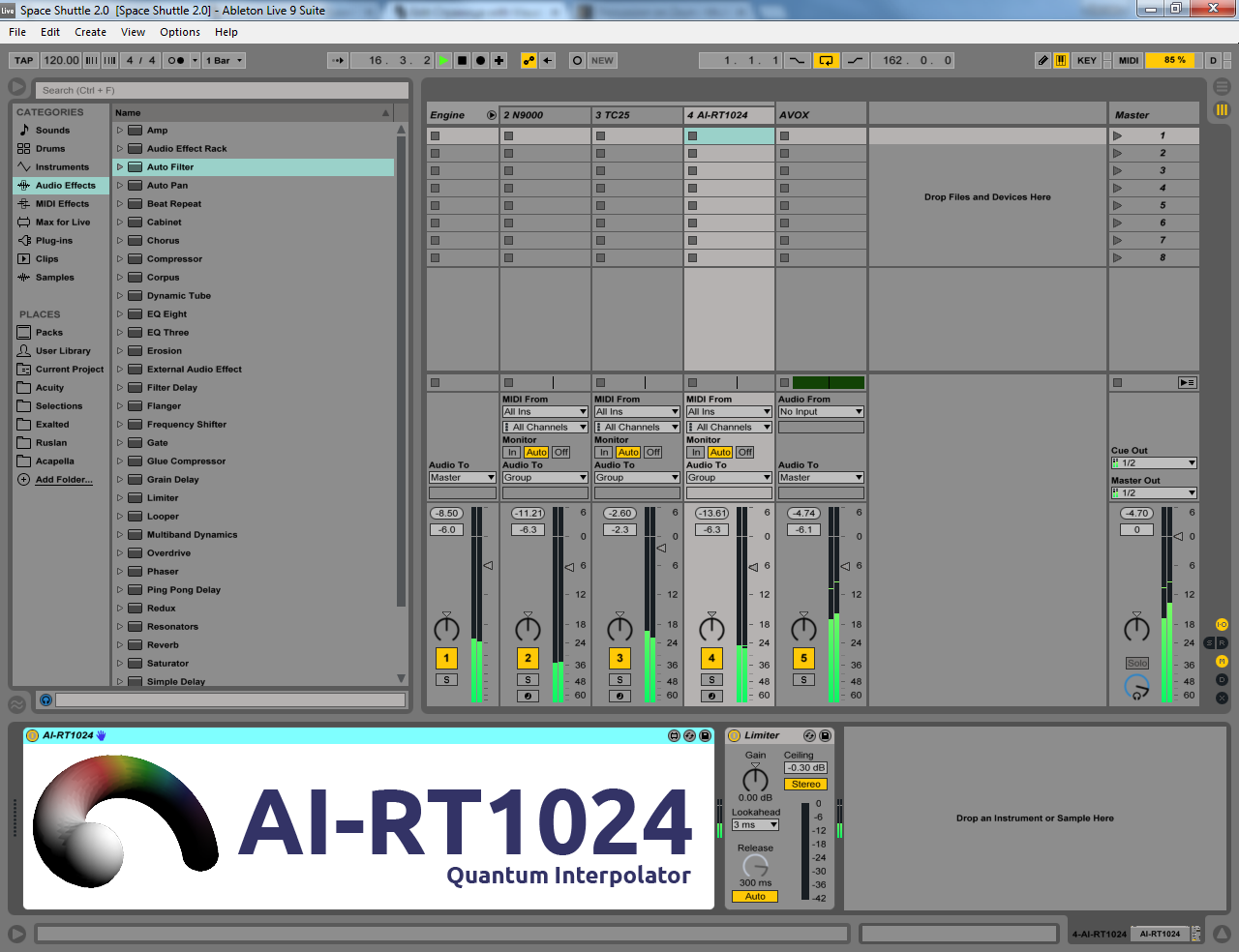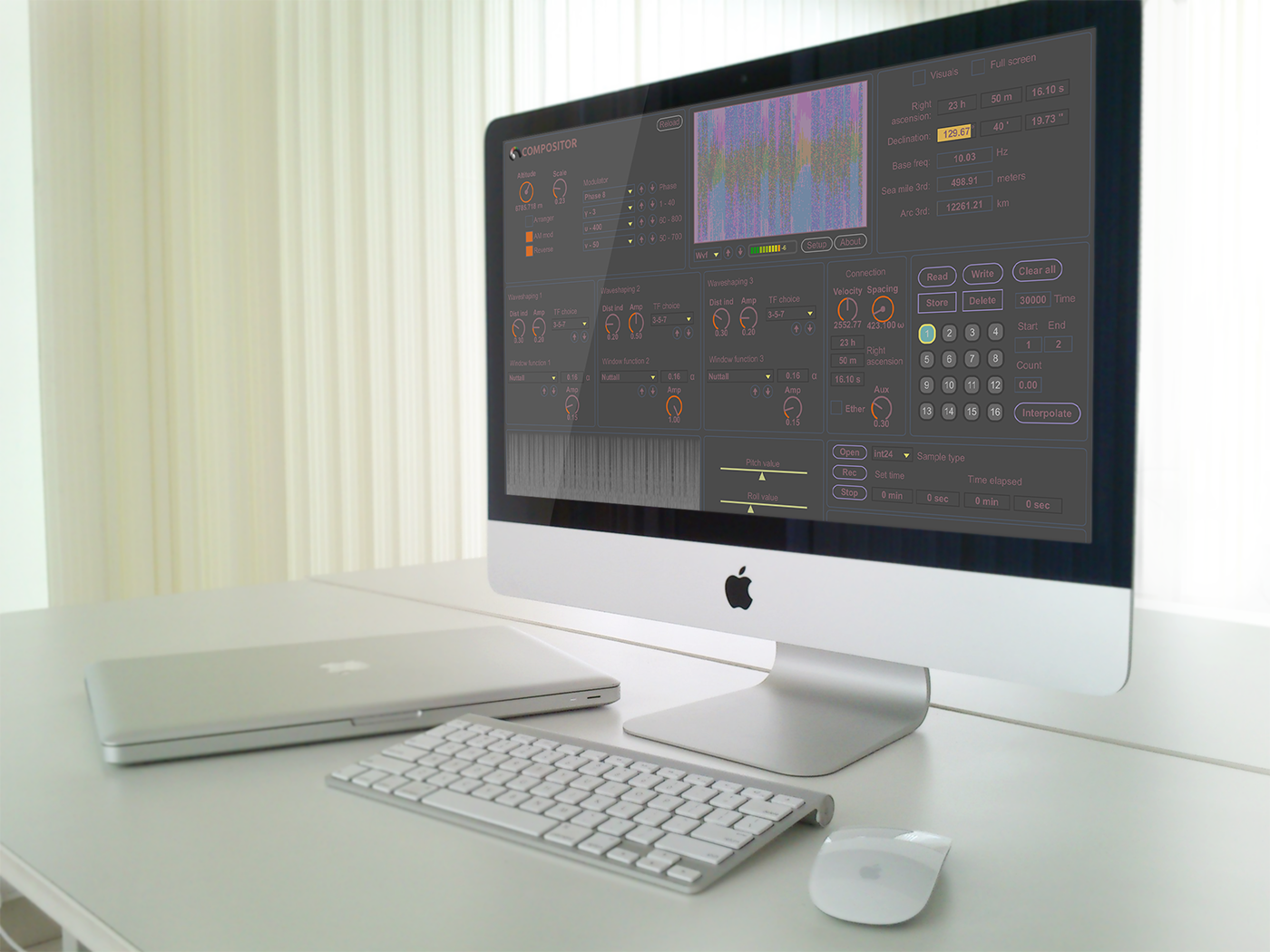Niagara modem is disabled on the NPO Compositor server On 9.03.2021 the work of the Niagara a15 i6 software satellite modem on the CP-6137-960FX server was terminated. This action was performed due to the disagreement of the author (Ruslan Yusipov) to timely issue from the RAD96 autonomous system. According to the author, the company that uses these emissions, namely the…




